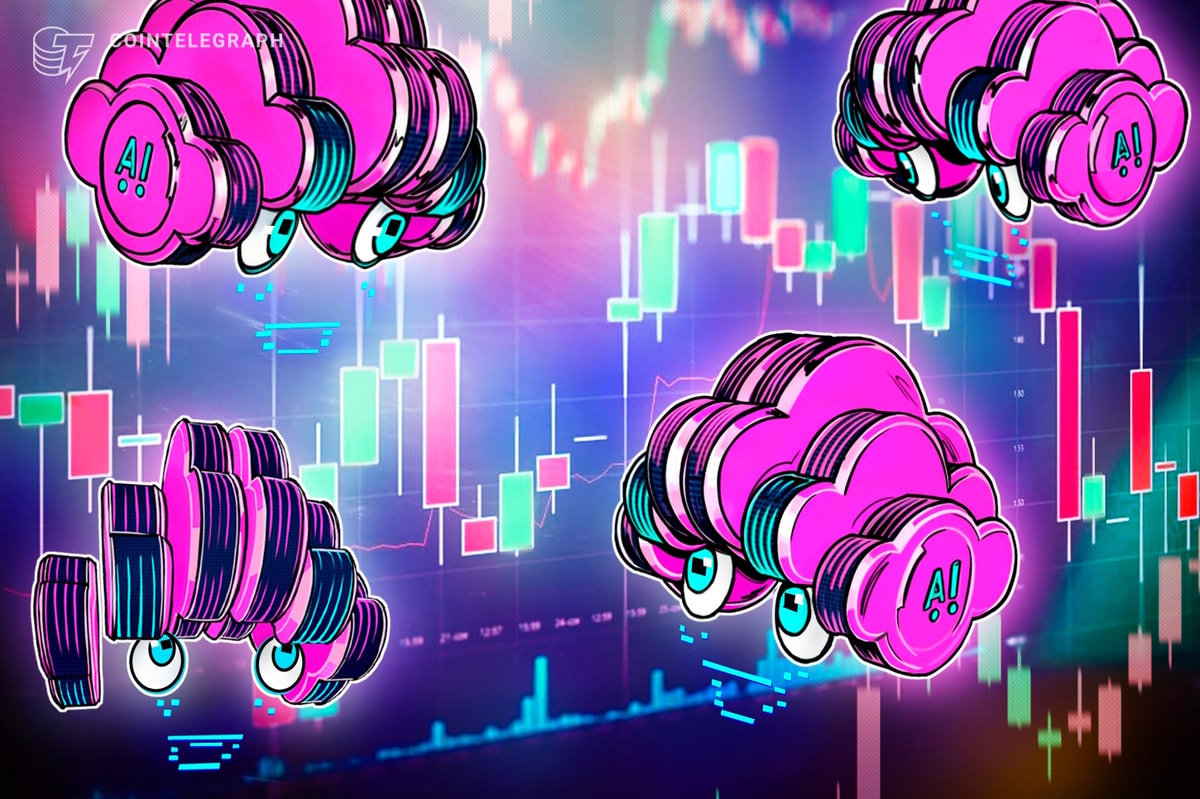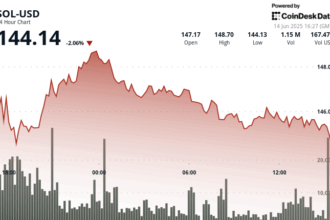AI Tools Reshape Crypto Day Trading Amid Lightning-Speed Markets
In the fast-paced world of cryptocurrency trading, a new combination of tools is helping day traders make quicker decisions and navigate volatility more effectively. AI platforms including Grok and ChatGPT are being integrated into trading strategies, leveraging social sentiment and technical analysis to identify opportunities faster than ever before.
Key Takeaways
- Grok detects real-time sentiment spikes on platforms like X (formerly Twitter) that often precede short-term crypto price movements, though not all spikes are reliable indicators.
- ChatGPT translates these signals into structured trade plans, outlining entries, exits, and risk parameters using technical and fundamental context.
- While powerful, AI tools do not replace human judgment. Users must incorporate volume checks, whale flow analysis, and confirmation rules to mitigate risks of emotional or manipulated trades.
- Post-trade journaling using ChatGPT enables traders to improve performance, learn from mistakes, and build disciplined, reflective trading systems.
The rules of the crypto trading game are changing at warp speed. What once required hours of analysis can now be executed in mere seconds, largely thanks to the rise of sophisticated AI tools like Grok and ChatGPT. This shift is profoundly impacting day traders, who operate within the 24/7 global crypto market, capitalizing on minute-to-minute price fluctuations.
What is Day Trading in Crypto?
Crypto day trading involves opening and closing positions within the same trading day, sometimes within mere minutes. The focus is on momentum and speed rather than long-term holdings. Traders analyze charts, technical indicators, and market volume to identify short-term price movements.
How Crypto Day Trading Works
- Spotting the Setup: Day traders typically work on 5-minute to 1-hour charts, looking for breakout patterns or signals from indicators like RSI or MACD.
- Defining the Trade:
- Entry: Just above a breakout level or chart resistance
- Stop-Loss: Tightly below recent support or the breakout level
- Take-Profits: Set based on resistance zones, Fibonacci targets, or a fixed reward-to-risk ratio (2:1 or 3:1 is typical)
Why Crypto Day Trading is Different
The crypto market is characterized by higher volatility and operating 24/7. Social media sentiment, particularly on X (formerly Twitter), plays a crucial role in driving price action. Thin order books compound the complexity.
Grok and ChatGPT are emerging as important tools, helping traders cut through noise and make faster, more data-informed decisions.
Using Grok for Crypto Day Trading
Grok, available via X, grok.com, or dedicated Grok apps, offers real-time sentiment analysis, market data interpretation, and news analysis. Traders leverage its speed for early trend detection and opportunity identification.
- Track X Sentiment: Grok scans posts for token mentions and sentiment shifts that may herald price movements.
- Check Technical Indicators: Correlates social signals with real-time data like RSI from sources such as CoinMarketCap.
- Verify Token Legitimacy: Assesses tokens against X sentiment and web fundamentals to flag potential scams or evaluate long-term prospects.
Grok has free and paid tiers, with the former offering limited features suitable for basic checks; the paid versions provide higher querying capacity and enhanced analysis capabilities.
Using ChatGPT to Structure Crypto Trades
Once a signal from Grok is validated, ChatGPT helps formalize it into a structured trade plan. Traders use prompts to define entry points, stop-loss levels, and take-profit targets based on technical and fundamental context.
Example: If Grok signals bullish sentiment around TAO due to its user base and integrations, a trader might ask ChatGPT, “Based on current bullish sentiment around TAO, what short-term price action would confirm momentum for a day trade?” Conversely, if Grok flags concerns like token centralization or governance issues, a trader might prompt ChatGPT to suggest a “safe short setup” strategy.
Post-trade journaling is another area where ChatGPT offers value, assisting with performance review and refining the trading methodology through structured reflection.
Limitations of AI in Trading
AI is only as good as its data and the person using it. It doesn’t feel FOMO, panic or greed. That’s a strength and a weakness.
Despite their sophistication, AI tools have notable limitations:
- The free tiers impose strict query limits and frequency constraints.
- Sentiment analysis can sometimes misread nuanced tones or lack real-time precision during rapid market shifts.
- No AI tool currently integrates directly with trading platforms for execution.
- AI lacks true “skin in the game,” meaning it doesn’t experience, and thus cannot perfectly anticipate, emotional market shifts driven by fear or greed.
- Vague queries or changing market conditions can degrade output usefulness.
- All AI tools carry the fundamental risk of data lag or potentially missing emerging market data.
The core takeaway remains unchanged: AI can be a powerful assistant, sharpening analytical capabilities and improving decision-making speed. However, human judgment, strategy formulation, and rigorous risk management are still indispensable elements of a successful day trading approach.
While platforms like Grok and ChatGPT mark a significant evolution in trading infrastructure, their adoption underscores a crucial principle: technology provides an edge, but it is the trader’s responsibility and judgment that ultimately determine success. Using these tools reflects adaptability, but trading remains a high-risk activity requiring continuous learning. Reader discretion is advised, and past performance indicators are future performance non-implicants.












